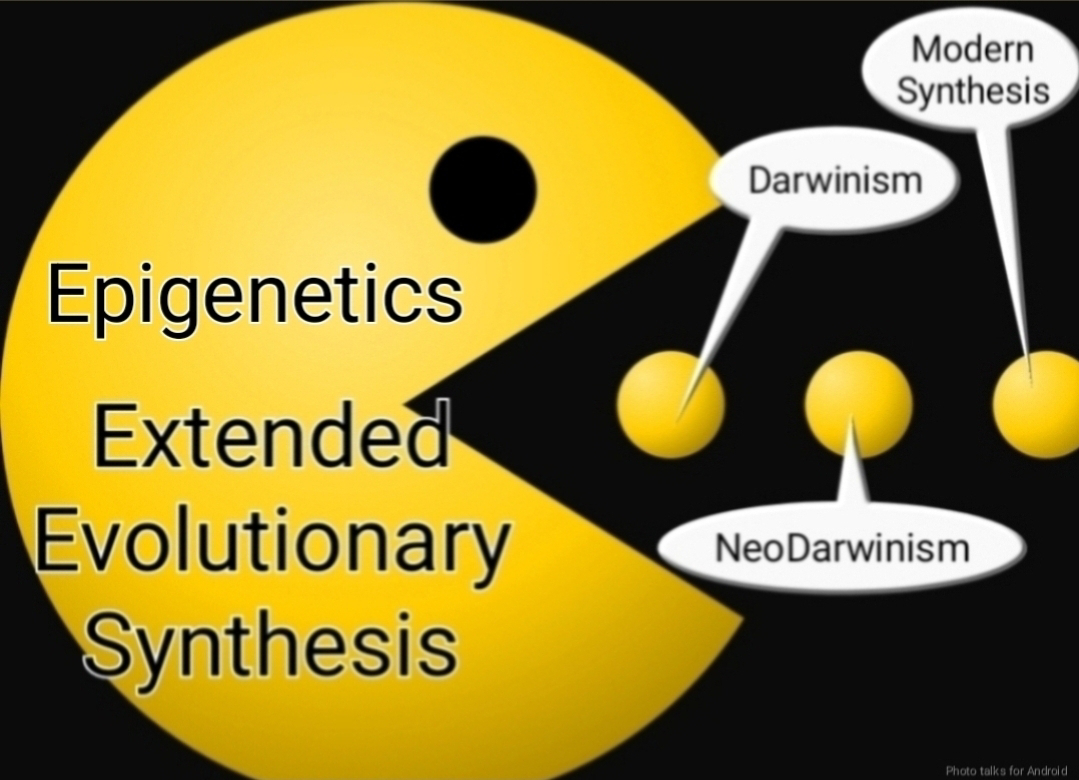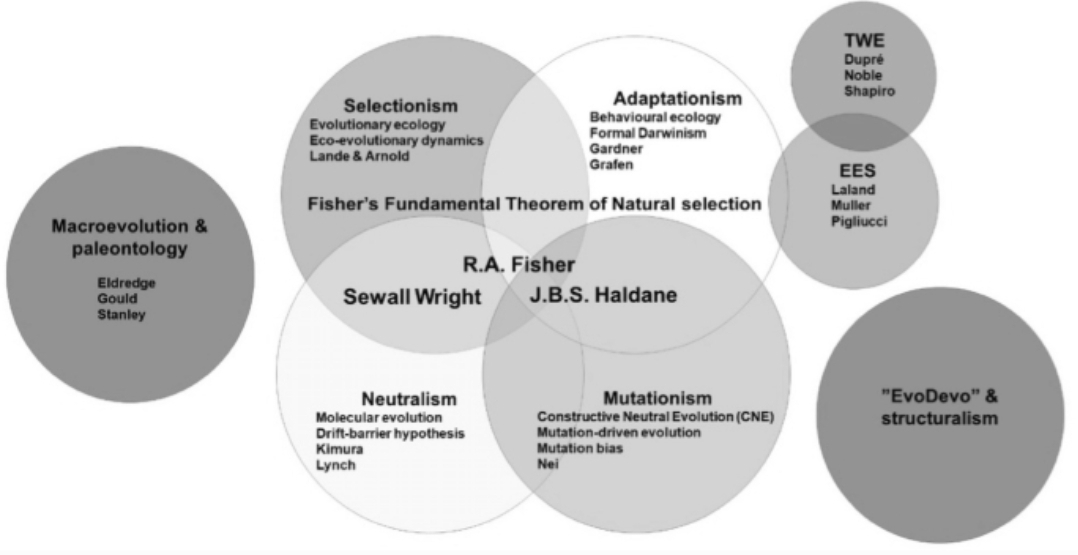Essays on the Extended Evolutionary Synthesis: Formalizations and Expansions
The Extended Evolutionary Synthesis (EES) represents a growing body of work that challenges the limitations of the traditional neo-Darwinian framework. It seeks to incorporate a wider range of biological phenomena and theoretical perspectives into evolutionary theory, leading to a more nuanced and comprehensive understanding of life's diversity and complexity. This essay explores the key themes of the EES, focusing on formalizations and expansions that enrich our understanding of evolution.
Beyond the Gene-Centric View
One of the central tenets of the EES is a move away from the gene-centric view of evolution. While genes undoubtedly play a crucial role in heredity, the EES emphasizes the importance of other factors, including:
Developmental plasticity: Organisms are not simply passive recipients of genetic information; they actively respond to their environment, leading to phenotypic variations that can influence evolutionary trajectories.
Niche construction: Organisms actively modify their environments, creating new adaptation pressures that can shape devopmental change.
Epigenetics: Heritable changes in gene expression that do not involve alterations to the underlying DNA sequence can also contribute to evolutionary processes.
Formalizing the EES
While the EES offers a broader perspective on evolution, it also seeks to formalize these ideas into rigorous theoretical frameworks. This involves:
Mathematical modeling: Developing mathematical models that incorporate factors like developmental plasticity, niche construction, and epigenetics, allowing for quantitative predictions and testing of hypotheses.
Network theory: Utilizing network theory to understand the complex interactions between genes, organisms, and environments, highlighting the interconnectedness of evolutionary processes.
Information theory: Applying information theory to quantify the flow of information within and between biological systems, providing insights into the role of information in evolution.
Changing the Scope of Evolution
The EES goes beyond the scope of evolutionary theory by considering:
Cultural evolution: Recognizing that cultural transmission can influence evolutionary processes, particularly in humans and other social animals.
Evolutionary transitions: Exploring major transitions in evolution, such as the origin of life, the evolution of multicellularity, and the emergence of human consciousness.
Macroevolution: Investigating large-scale evolutionary patterns and processes, such as speciation, extinction, and the evolution of biodiversity.
Implications of the EES
The EES has significant implications for our understanding of:
Human evolution: Providing a more nuanced understanding of the interplay between genes, culture, and environment in shaping human evolution.
Conservation biology: Recognizing the importance of ecological interactions and niche construction in conservation efforts.
Medicine: Understanding the role of developmental plasticity and epigenetics in human health and disease.
Challenges and Future Directions
The EES faces several challenges, including:
Integrating diverse perspectives: The EES encompasses a wide range of disciplines and perspectives, making it challenging to develop a unified theoretical framework.
Empirical testing: Many of the ideas proposed by the EES require further empirical testing to validate their significance.
Communication and outreach: Effectively communicating the ideas of the EES to a wider audience, including the general public and policymakers.
Future directions for the EES include:
Developing more sophisticated models: Incorporating more complex interactions and feedback loops into mathematical models.
Conducting more interdisciplinary research: Fostering collaboration between biologists, mathematicians, physicists, and social scientists.
Applying the EES to real-world problems: Using the insights of the EES to address challenges in conservation, medicine, and other fields.
Conclusion
The Extended Evolutionary Synthesis represents a significant advancement in our understanding of evolution. By incorporating a wider range of biological phenomena and theoretical perspectives, the EES provides a more nuanced and comprehensive view of life's diversity and complexity. While the EES faces challenges, it also offers exciting opportunities for future research and applications. By continuing to formalize and expand the scope of evolutionary theory, we can gain a deeper understanding of the processes that have shaped life on Earth and the challenges that lie ahead.




Comments
Post a Comment